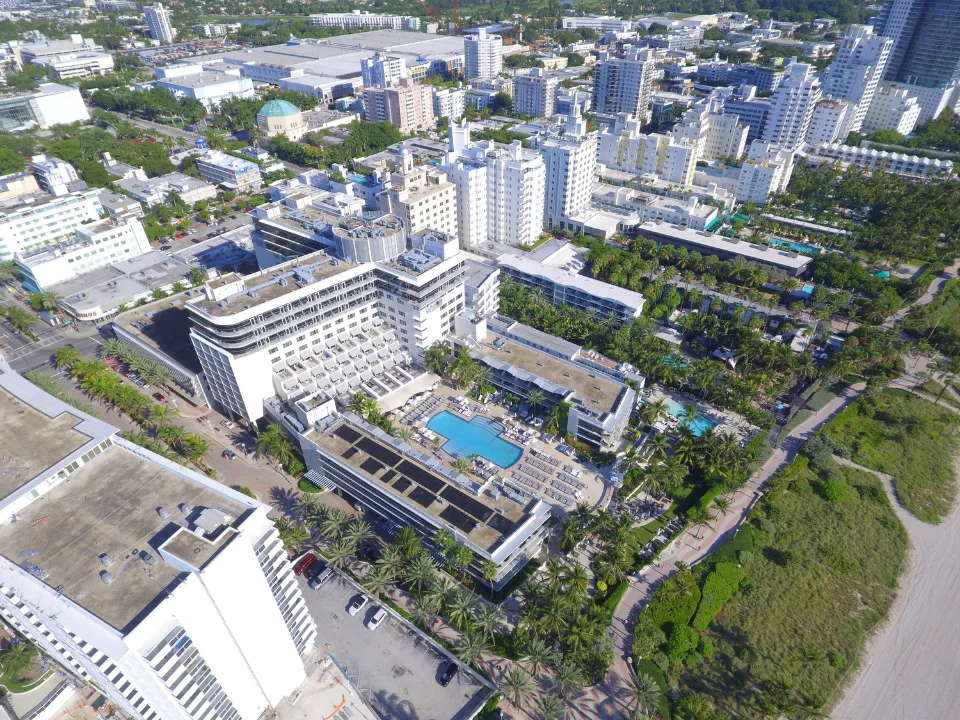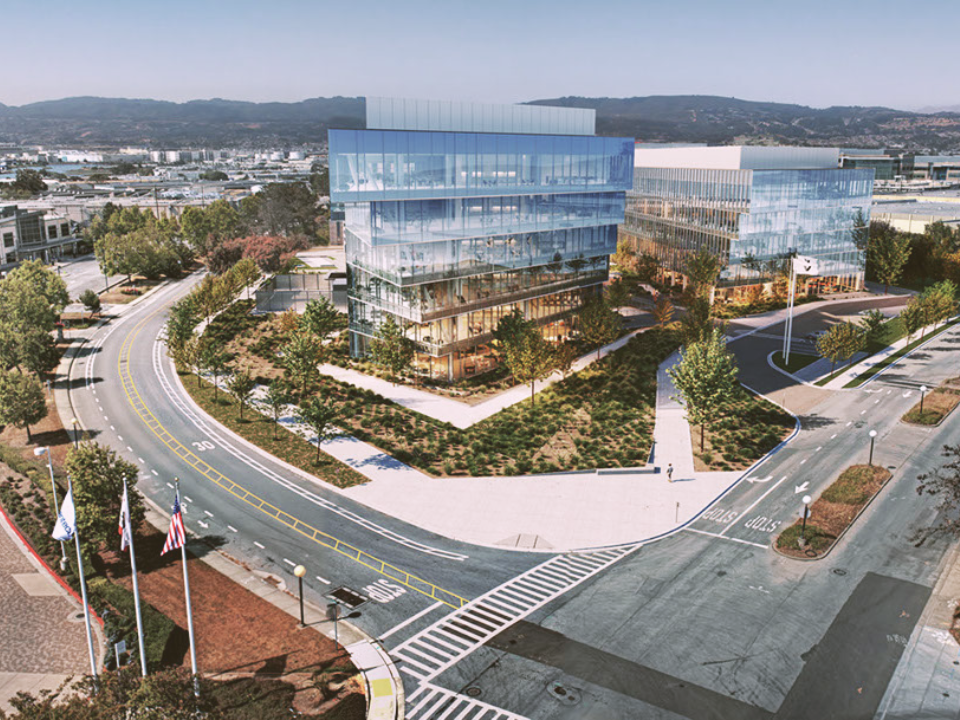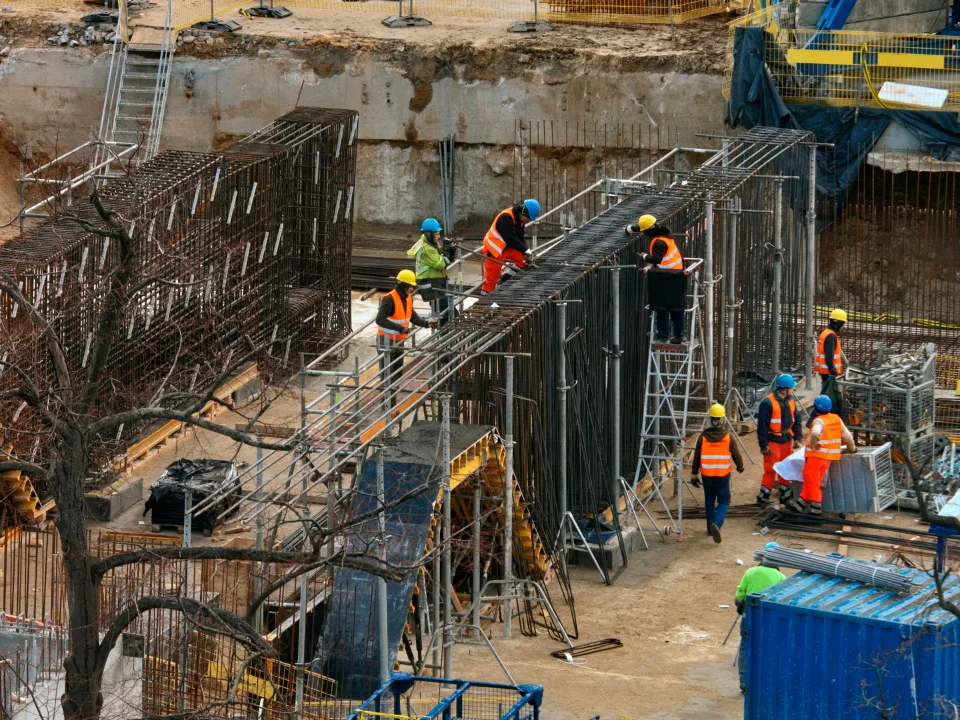- Life science is now a leading alternative asset class for institutional investors, growing from under 1% to over 6% of institutional holdings in the past decade.
- This sector now comprises more than one-third of the value of alternatives in institutional real estate portfolios, driven by superior risk-adjusted returns.
- Joint ventures are a key strategy for increasing capital allocations to the sector, with 30% of recent sales involving JV buyers.
According to a new CBRE report, life science real estate has emerged as a top alternative asset class for institutional investors. In fact, the sector is achieving better risk-adjusted returns than any other major property type over the past decade.
Outperforming Expectations
Over the past 10 years, life science real estate has grown from less than 1% to over 6% of all institutional holdings, and now represents over 33% of alternative allocations in institutional real estate portfolios.
Over the past decade, the life science sector posted a 12.2% average annual total return for institutional holders, significantly higher than the 7.3% average for all real estate asset types.
This performance has attracted substantial interest from institutional investors seeking better risk-adjusted returns.
Growing in Popularity
Joint ventures have played a critical role in boosting capital allocations to life science properties. CBRE’s report highlights that 30% of life science real estate sales in 2022–2023 involved JV buyers.
These growing partnerships combine the capital and financial acumen of institutional investors with the subject-matter expertise of experienced operators, mitigating risk while maximizing returns.
Future Outlook
The life science sector is poised for continued growth, supported by strong public and social sector backing. The National Institutes of Health (NIH) anticipates $500B in federal investment from 2024 to 2034, according to the Congressional Budget Office.
Long-term structural demand drivers, such as an aging population and emerging technologies, are also spurring innovation and increased investments in U.S. life science infrastructure.
Why It Matters
Life science real estate has established itself as a premier alternative asset class for institutional investors, offering superior risk-adjusted returns and substantial growth potential. And despite recent market challenges, investment in the sector remains robust.
Although venture capital debt and equity offerings have slowed, strategic alliances, mergers and acquisitions, and grants have continued to sustain total capital value. Ongoing activity should also further boost tenant demand and confidence among investors.

















